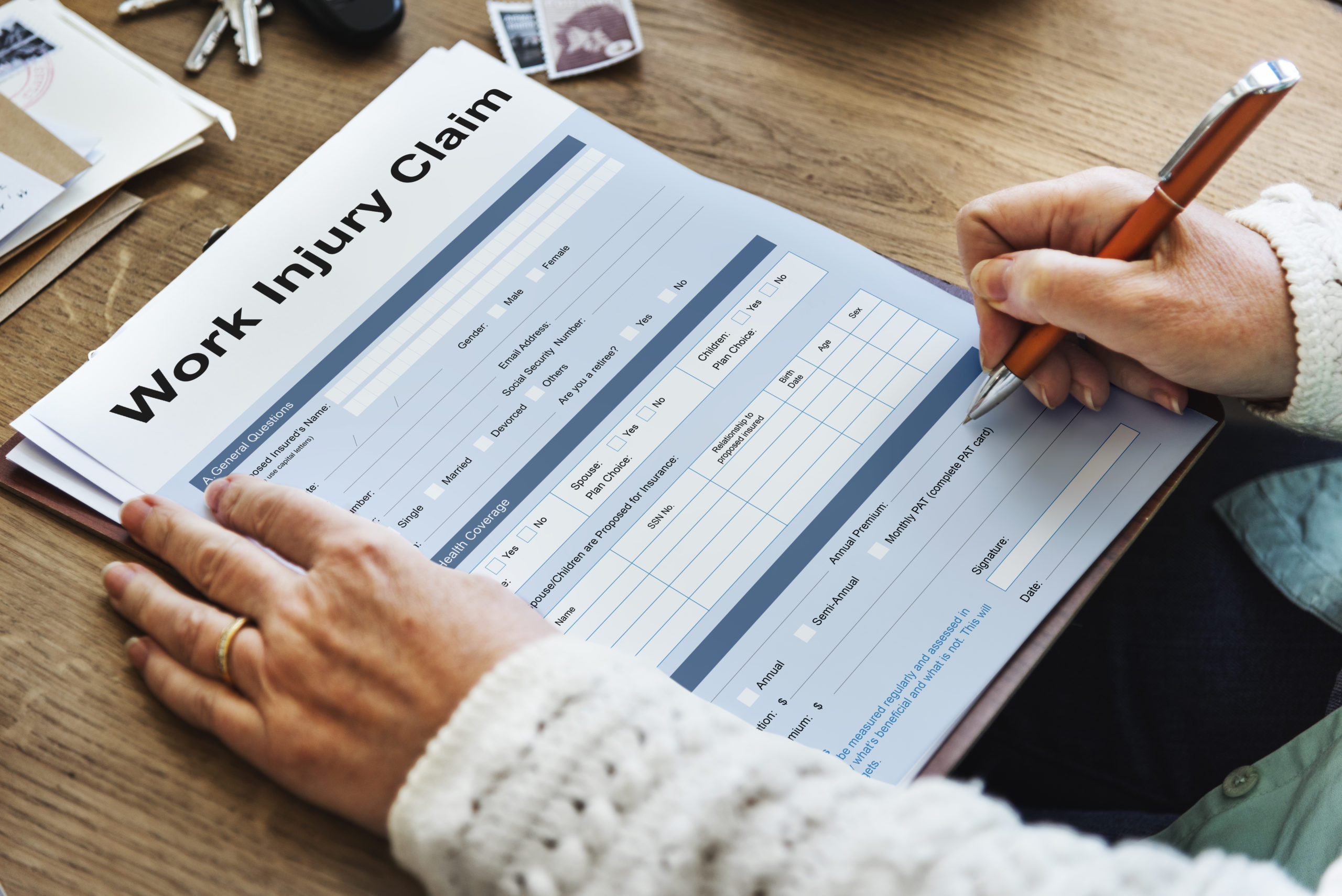The personal injury claim process can seem daunting and complex, especially for those who have never gone through it before. However, understanding the basics of a personal injury claim can help determine if filing a claim is the right choice. This blog post will provide an overview of the personal injury claim process, from understanding when a personal injury claim should be filed to the steps you should take to ensure the process runs smoothly. Keep reading to learn more.
What is a personal injury attorney?

When an individual is injured in Minnesota, they may be eligible to file a personal injury claim. This process can be complicated to navigate without the help of an experienced personal injury attorney in Minnesota. A personal injury attorney is a lawyer who helps people who have been injured physically, emotionally, or financially. Personal injury attorneys may specialize in a particular type of injury, such as car accidents, medical malpractice, or product liability.
A personal injury attorney can help you file a lawsuit if you have been injured in an accident. They can help you gather evidence and file the case on your behalf. If you are successful in your lawsuit, you may be awarded damages to compensate you for your injuries. Damages include medical expenses, lost wages, pain and suffering, and emotional distress. A personal injury lawyer can also help you negotiate a settlement with the other party’s insurance company. If you cannot work due to your injuries, they can help you get compensated for your lost wages. If you are unsatisfied with the settlement offer, a personal injury lawyer can help you file a lawsuit against the insurance company.
The statute of limitations for bringing a personal injury lawsuit in Minnesota is six years. This means that you must file your lawsuit within six years of the injury or the date you knew or should have known of the injury. If you are unsure whether you have a case, it’s best to speak with an attorney as soon as possible. The statute of limitations is a law that sets a time limit on how long you have to file a lawsuit. If you file your lawsuit after the statute of limitations has expired, the court will likely dismiss your case.
What are the steps in filing a personal injury claim?

Personal injuries are typically physical injuries resulting from someone else’s negligence or intentional act. Some common examples of personal injuries include car accidents, slip and fall accidents, dog bites, and product liability cases. To file a successful personal injury claim, you must prove that the other party was negligent and that their negligence caused your injuries.
There are several steps involved in filing a personal injury claim. The first step is to notify the other party of your intent to pursue legal action. This can be done either through written correspondence or by contacting them directly. Once you have notified the other party, they will likely respond with their version of events and may even offer you a settlement amount to avoid going to court. If you decide to accept the settlement offer, you will need to sign a release form which will prevent you from suing them. If you do not accept the offer or negotiations break down, you will need to file a formal complaint with the court.
The next step in the process is usually for both parties to exchange evidence and witness statements. After all of this information has been collected, both sides will review it, and either party may file for summary judgment, essentially asking the court to rule in their favor without going through a full trial. If neither side files for summary judgment, the case will proceed to trial, where a judge or jury will hear all of the evidence and decide who is ultimately responsible for the plaintiff’s injuries.
If you are considering filing a personal injury claim, it’s important to speak to an experienced personal injury lawyer in Minnesota. A lawyer can help you understand your rights and guide you through the process.



